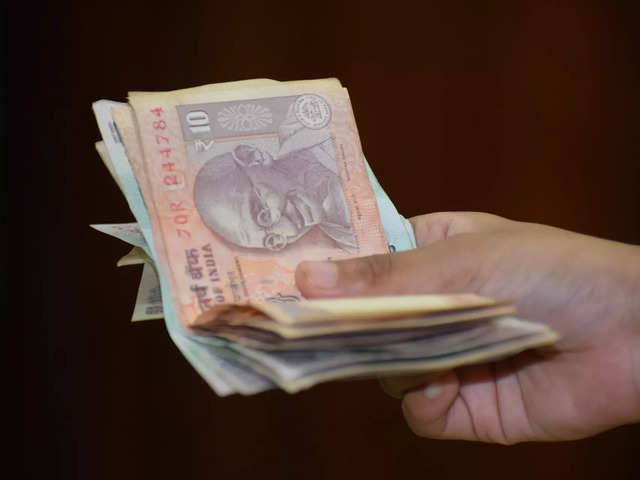
Vasuta Agarwal, Managing Director, Asia Pacific, InMobi InMobi
What the future of programmatic advertising in India might look like
Jun 5, 2020, 12:00 IST
ad-tech
In India, programmatic continues to be considered a huge investment along with a perceived lack of premium inventory: Vasuta Agarwal
Jun 5, 2020, 12:00 IST
What the future of programmatic advertising in India might look like
- A recent report by
InMobi has revealed that there has been a 28% increase in spends by the shopping category in India in Q1 2020. - Moreover, music & audio, health & fitness, and education have grown by about 500%.
- We caught up with
Vasuta Agarwal , Managing Director, Asia Pacific - InMobi who deep-dived into the state ofprogrammatic advertising in India and what its future will look like. She also told us about some factors that have led to muted adoption of programmatic advertising in India so far - She also told us that consistent education and hand-holding for advertisers across the region is the only way to allay any fears of complexity when it came to its adoption.
However, its growth in India has been muted when compared to other markets. The reason is primarily a lack of understanding of the technology among marketers.
A recent InMobi report also stated that programmatic video is still picking up in India and that news has been the biggest spender on programmatic video in India in Q1 2020.
The report also revealed that there was a 28% increase in spends by the shopping category whereas music & audio, health & fitness, and education grew by about 500%.
In an attempt to understand where India stands in terms of the adoption of programmatic, and the future that lies ahead, we caught up with Vasuta Agarwal, Managing Director, Asia Pacific - InMobi who told us what it is that is keeping advertisers from investing more on programmatic.
Excerpts:
Q) Why hasn't programmatic picked up in India as much as it has done in the West? What is keeping marketers from experimenting with programmatic?
A lack of understanding of programmatic technology, the complexity of the system and concerns around ad fraud or brand safety are the most significant barriers for marketers to experiment with programmatic, according to our survey of over 130 marketers by InMobi in 2019. Programmatic in India hasn't picked up like in the West due to 3 primary reasons: lack of education of processes and benefits, legacy

While 90% of Indian advertisers seek to adopt programmatic, 2 in 3 possess basic knowledge. There is limited awareness about the solutions of global standards such as sellers.json, ads.txt and third-party tools that solve for the concerns around brand safety, ad fraud and viewability. Furthermore, in markets like India, programmatic continues to be considered a huge investment along with a perceived lack of premium inventory. Programmatic undoubtedly enables complete transparency, control and efficiency for media buying but has seen a stymied growth due to the inertia of legacy practices of buying publisher inventory.
Consistent education and hand-holding for advertisers across the region is the only way to allay any fears of complexity and to encourage the majority to adopt in-app programmatic advertising.
Q) Why has news found the maximum value in investing on programmatic?
News apps are among the few mature advertisers who operate on both sides of the advertising ecosystem – advertising to drive user acquisition/ engagement and monetizing using in-app ads. Therefore, their understanding of
Q) Vertical videos are seeing higher engagement. Have advertisers in India recognized the opportunity?
Vertical videos are definitely growing in popularity as advertisers follow consumers closely, which is good. Outside of select apps, vertical is the natural mode of reading, browsing and engaging with content on mobile. Be it news, (hyper) casual games, productivity or networking apps – the best ad experience is an edge-to-edge vertical video where the user does not have to tilt their phone. These apps account for 50% of the 3.5-4 hours that an average Indian spends on mobile. Needless to say, the introduction of vertical video stories across widely used social media apps has catalyzed the growth and investment in this format.
Q) What is the future of programmatic advertising?
Media buyers and advertisers will definitely get comfortable leveraging in-app programmatic increasingly for their campaigns. However, replicating the success from other markets such as the USA and UK needs a coordinated effort between brands, media agencies, technology platforms, publishers and industry bodies. The perceived complexity of programmatic can be wiped away by educating on the 3Es - Efficiency, Effectiveness and Engagement, of this channel time and again. If done right, in-app programmatic will soon become more integral, effective and popular among brands and marketers.
INSIDER INTELLIGENCE REPORTS







